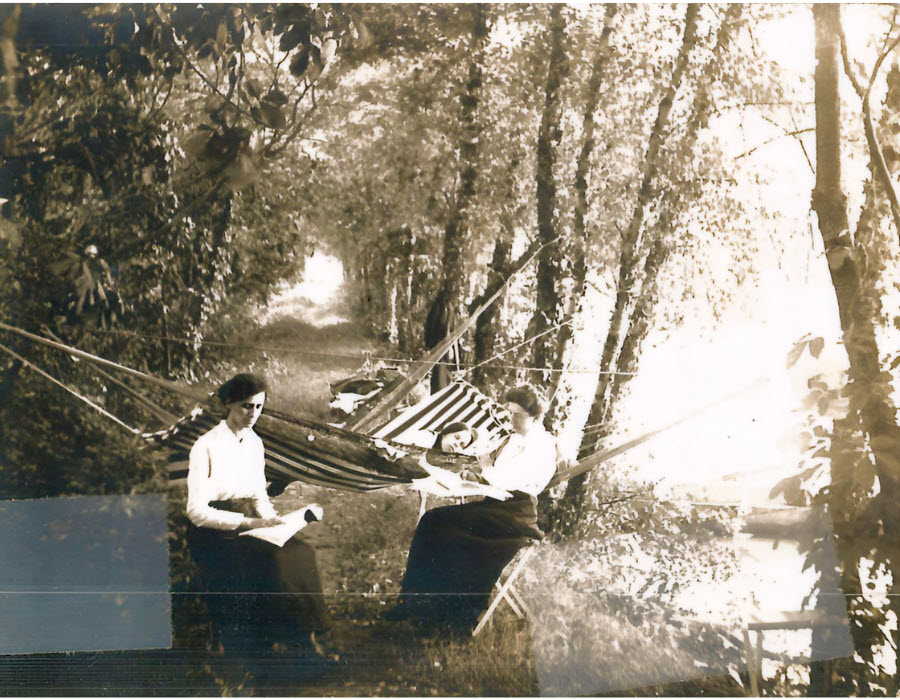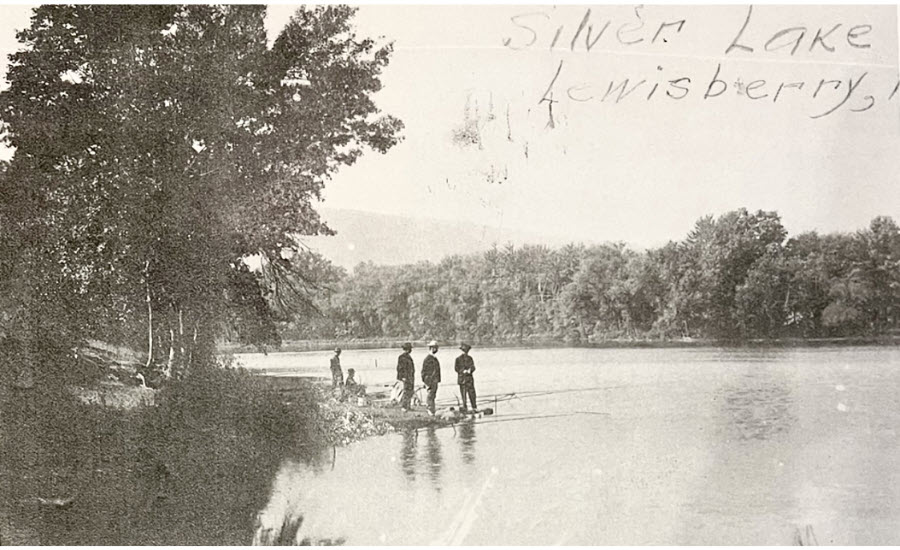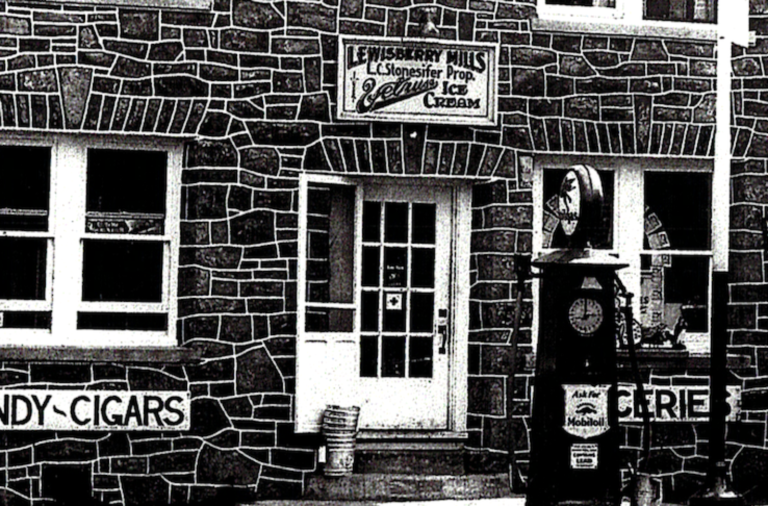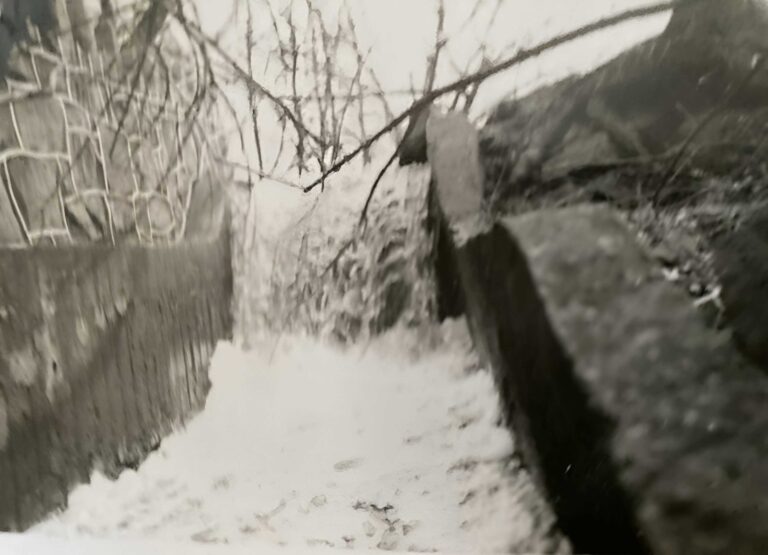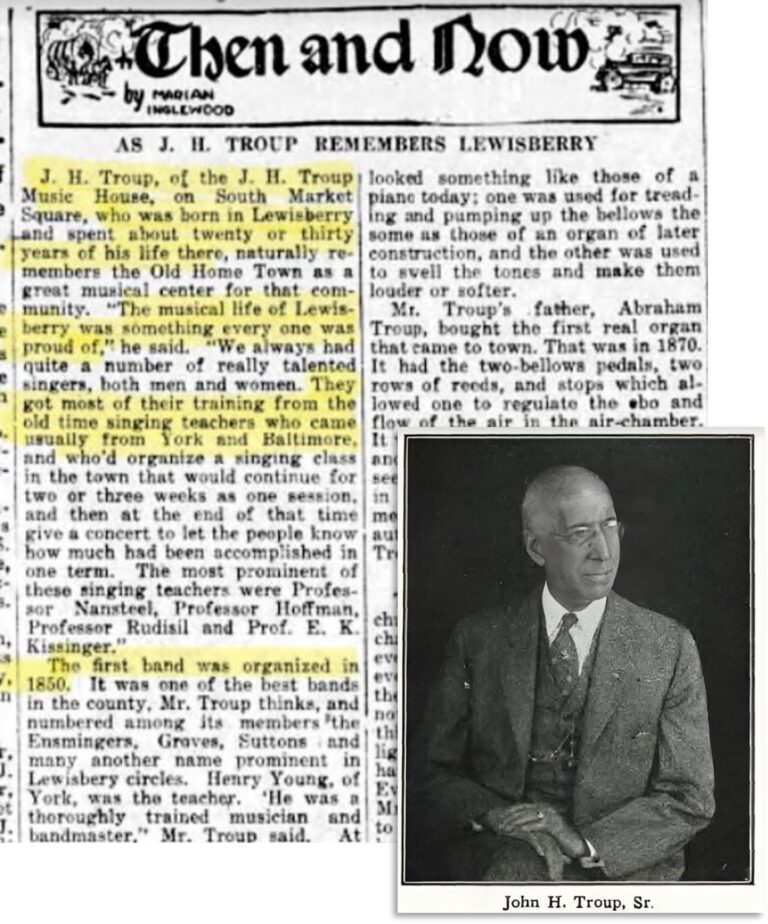Kathy and I, in our book “The History of Silver Lake as Told Through Its Deeds,” trace the evolution of Silver Lake from a functional mill pond to a seasonal summer colony, and eventually to a small, permanent year-round community. This endeavor required a multifaceted approach. We relied on recollections from long-time residents, modern technology, old-fashioned door-knocking, and even small fragments of historical artifacts. One particularly invaluable artifact was a collection of old postcards.
Among these postcards, one stood out. Believed to be the creation of Rev. J. H. Ricker, a Lewisberry minister who photographed local scenes, this postcard provided the first known reference to the name “Silver Lake” for the Lewisberry mill pond. Postmarked Lewisberry on September 18, 1913, it was sent from Jake S. to the Honorable Ira “Dan” Weiser of York. The message reads, “Dan, This place certainly does appeal to a lover of nature. Look good to you?” This simple note signifies a growing appreciation for Silver Lake’s natural beauty beyond its utilitarian origins.
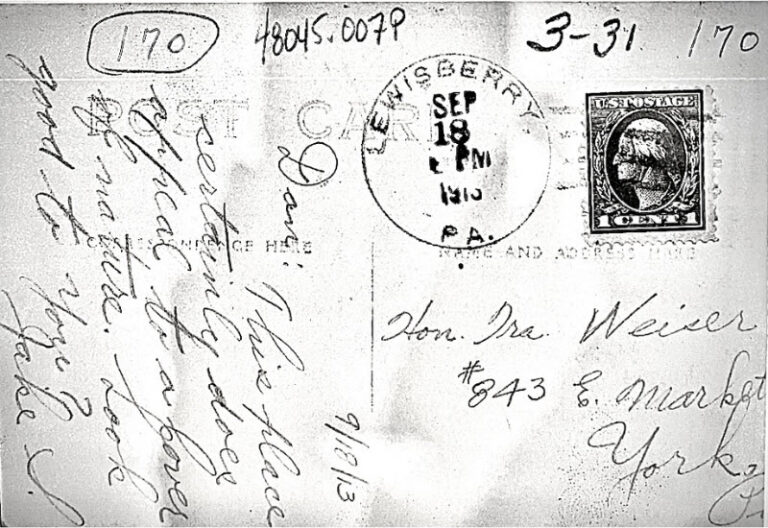
We learned from WorldPostcardDay.com/history that the development of photography and postcards played a crucial role in capturing and sharing moments. Photography began to be used in postcards in the 1890s, gradually increasing in popularity over the next few decades. The turn of the century saw the golden era of postcards. In 1903, Kodak introduced the No. 3A Folding Pocket camera, which took postcard-sized negatives that could be printed directly onto postcard stock without cropping. This innovation democratized the creation of photo postcards, making it possible for almost anyone to produce them as a hobby or business. By 1907, Kodak had launched a service called “real photo postcards,” enabling customers to turn any photo they took into a postcard. During this time, postcards became immensely popular, akin to today’s text messages. They were cheap, convenient, and with multiple daily mail pickups in some cities, postcards were a quick way to communicate. Scenic landscapes, portraits, current events, and humorous scenes were rapidly captured and printed on postcards, creating a vivid pictorial record of the time.
The postcard from Jake S. to Ira Dan Weiser provides a snapshot of this period. While we have no record of Weiser owning property on Silver Lake, we know there were residents named Weiser on the lake. Ira Dan Weiser passed away in 1956 at the age of 70 following a medical event while driving. The identity of Jake S. remains a mystery.
Scott and Kathy Webb, co-authors of “The History of Silver Lake as Told Through Its Deeds,” continue to share the story of creating their book and additional insights on their blog at HistoryOfSilverLake.com. Through their efforts, the rich history of Silver Lake is being preserved and appreciated for generations to come.
